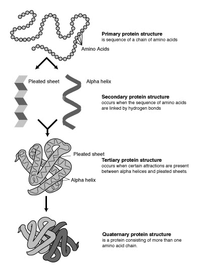
Photo from wikipedia
In this article, an in-motion coarse alignment method in the polar region is proposed. Different from the traditional coarse alignment method, the vector observation is constructed with the grid frame.… Click to show full abstract
In this article, an in-motion coarse alignment method in the polar region is proposed. Different from the traditional coarse alignment method, the vector observation is constructed with the grid frame. Thus, the calculated singularity in the polar region, which is easy to see in the navigational frame, is suppressed. Considering the GPS measurements, the velocity errors are assumed in the GPS measurements. Since the characteristics of the observation vectors, the initial velocity error always exists during the whole alignment process. To address the initial velocity error, a simple method with the vector subtraction operation is used to construct the new observation vector. In the new observation vector, the initial velocity is eliminated. Thus, the initial velocity error is suppressed. To verify the performance of the proposed method, a virtual polar region method is proposed to transform the experimental data of the field tests in the low and middle latitude region. The simulation and field tests are shown that the proposed method can get more accurate alignment results than the traditional methods.
Journal Title: IEEE Transactions on Vehicular Technology
Year Published: 2022
Link to full text (if available)
Share on Social Media: Sign Up to like & get
recommendations!